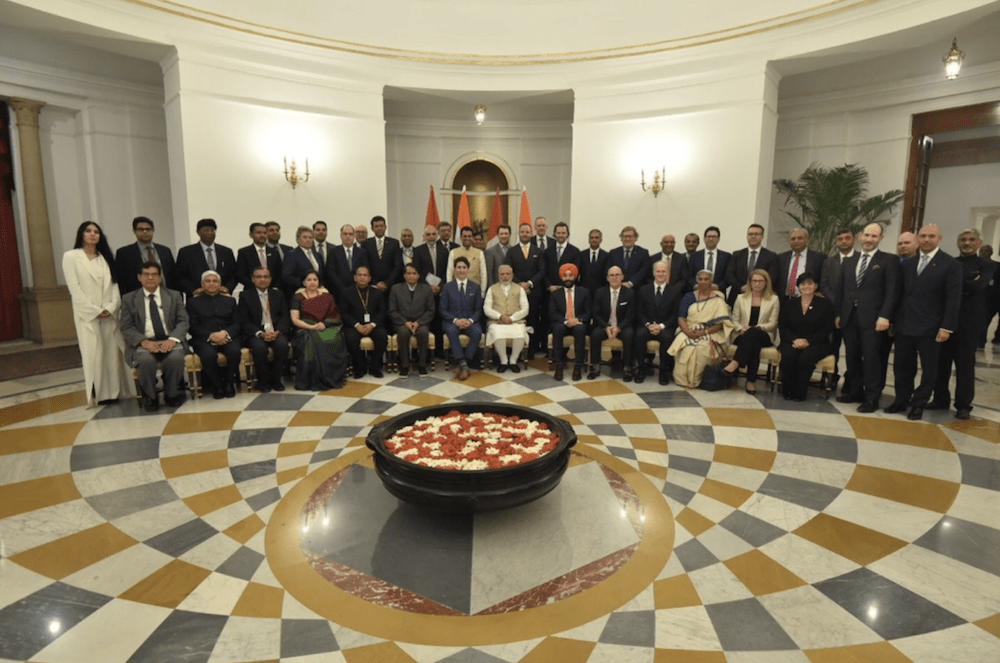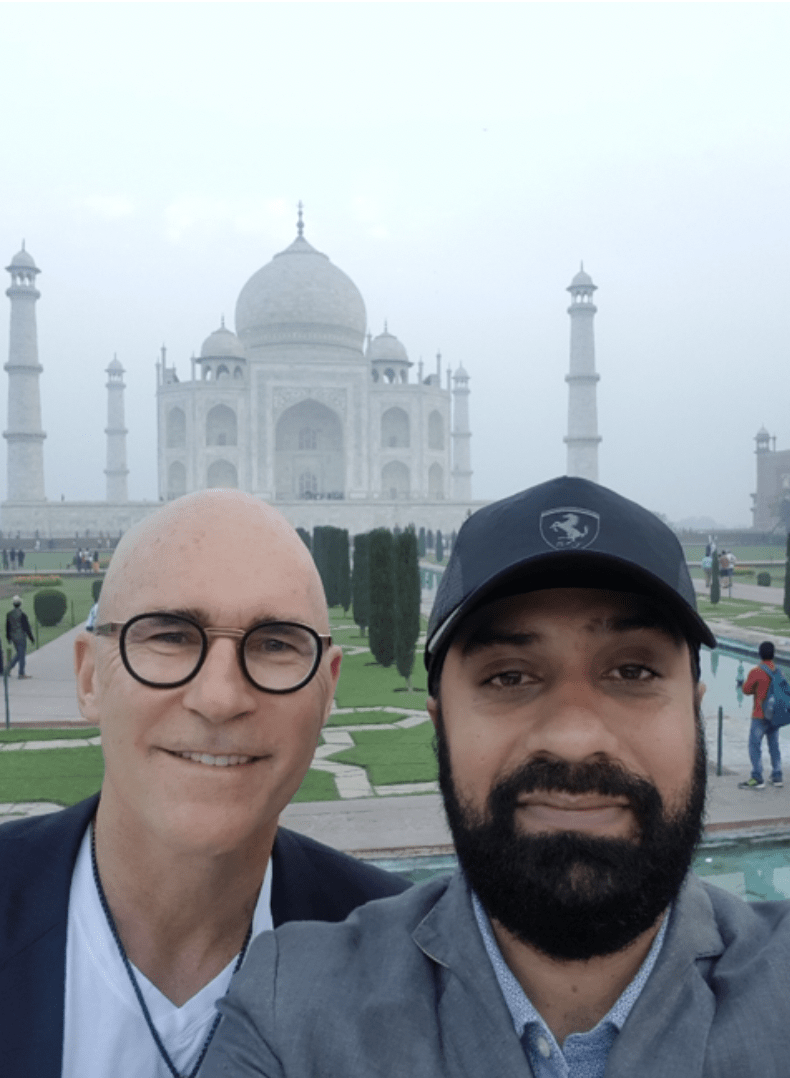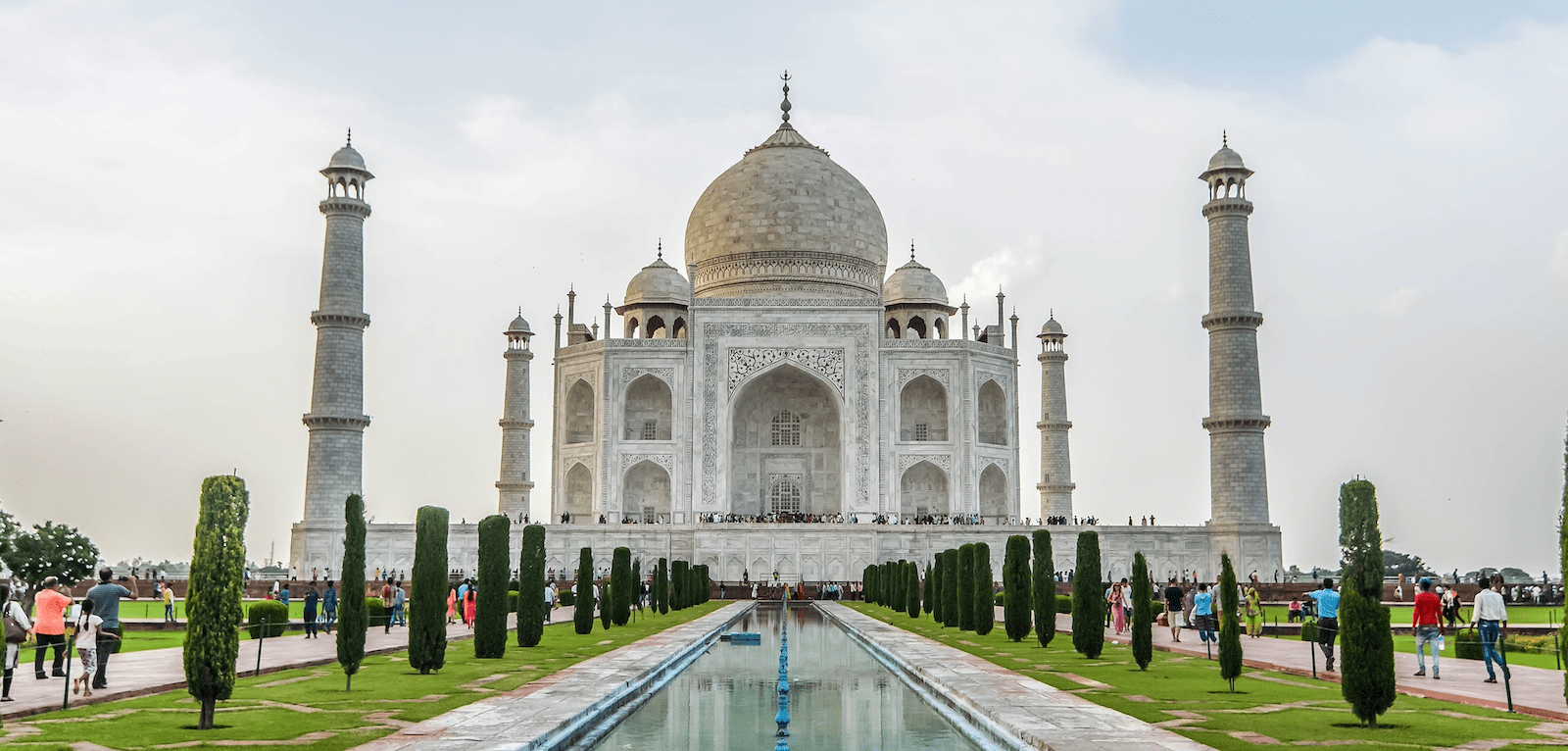For years now I’ve been fascinated by Digital India, the campaign launched in 2015 by India’s Prime Minister Narendra Modi. It’s a noble and courageous attempt to spark country-wide digital inclusivity through a three-pronged approach:
- Deploy secure, stable infrastructure;
- Digitize and make accessible government services; and,
- Develop a digitally-literate country.
In February, our team at Solace was invited by the Government of Canada to attend the Canada-India Business Forum, and it was an excellent opportunity for me to understand Digital India’s truly global impact and the role our company plays in it.
Now that I’ve had some time to reflect on what I’ve learned, I wanted to share with you a few reasons why I find the campaign so compelling as well as a few key takeaways from the event.
On Digital India

With Prime Ministers Trudeau and Modi at the CEO Dialogue in New Delhi
As expected from such a massive initiative, the results have been a mixed bag. Last year, Bloomberg referred to it as “part progress, plenty pain” which seems a fitting way to describe it.
On the progress front, technological advancements are spreading throughout the country. Such progress hasn’t come close to reaching the estimated 156 million Indian rural households, but it has improved many people’s lives and done so in a variety of ways — be it through greater access to digital services such as online agricultural markets or, as reported by the World Economic Forum, licensing new banks in rural areas and striving for widespread use of mobile payments technology.
On the pain front, progress is slower than expected. And the push for digital has also demanded a push to educate its large population — both so the country can embrace the new digital experiences and so if the global automation boom replaces specific jobs, people can still find work. One troubling sign is this: according to the International Labor Organization, unemployment in India will rise from 18.3 million in 2017 to 18.6 in 2018 and 18.9 in 2019.
Still, despite Digital India falling short of its goals, here are three takeaways from the Canada-India Business Forum that will keep me tuned in to its development.
1. What happens in India doesn’t stay in India
Thanks to increases in government spending and manufacturing production, India recently regained its spot as the fastest-growing major economy. And with an estimated 43% of the global Internet of Things (IoT) market, India’s technological revolution is only just beginning.
Coupled with that, as the event itself exhibited, is India’s fantastic willingness to collaborate on a global scale. The country sees collaboration not as something it should do for outward appearances, but as something it must do for its progress. The Digital India campaign has and will continue to impact the world.
In meeting after meeting, Arvind Khurana, our Regional Vice President for the Indian Subcontinent, and I were continually impressed by the potential synergies between Canada and India—and also between India and so many other countries.
In addition to the telecommunications, hybrid cloud and IoT spaces, our team at Solace also had exciting conversations with leaders in India about financial services, transportation, and smart city enablement.
2. It’s pushing the boundaries of technological innovation
The Digital India campaign has as its goal to reach across every sector and touch the lives of over 1.3 billion people. Such a colossal effort demands asking and earnestly trying to answer challenging questions, such as:
- Can digital innovation scale?
- Can it reach those in the most remote areas?
- Can it span languages and religious within one of the world’s most diverse countries?
To even attempt to address these questions demands a mindset shift, one that intricately links all technological application with its capacity to scale.
At Solace, we’re proud to play a small role in this. Through Airtel and Jio alone our smart data movement solutions are helping to connect over 450 million citizens in India. We’re excited to see what can happen in the next few years.
3. It’s unprecedented
Think about this. While technology has, at times, spread to nearly every corner of the globe, never has a major economy’s government set wide-scale digitalization as one of its primary mandates.
And when you think about how vast India is—how it can at once embrace ancient traditions like those in Varanasi while fueling global tech advancements as is happening in Bangalore—the campaign’s goals become all the more courageous.
To even come close to making them happen, India’s leaders have embraced the importance of thinking beyond borders. If there’s some tech advancement in, for example, Norway, that may have application in the rural regions of India, the country is open to learning about it.

From the Taj Mahal. Les on left, Arvind on right.
In many ways, Digital India was bound to fall far short of its goals. But this is all the more reason to be intrigued by what is happening; they went for it anyways!
The country isn’t trying to set reasonable goals and slowly inch towards them; it’s trying to set unreasonable goals and radical transform how it operates. (On a related note: For a great read on aspiring to achieve unreasonable goals, check out Bill Shore’s book titled The Imaginations of Unreasonable Men).
Still, the event offered us an extraordinary glimpse into some of the thinking around Digital India. Progress, pains and all, is just getting started. And our team is thrilled to be part of it.
***
See also:
Solace Announces Jio Partnership, Deepens Involvement in Digital India Programme
Explore other posts from category: Company

 Les Rechan
Les Rechan
